
A program manager needs to stay mission-focused in order to reach success.

A program manager needs to stay mission-focused in order to reach success.
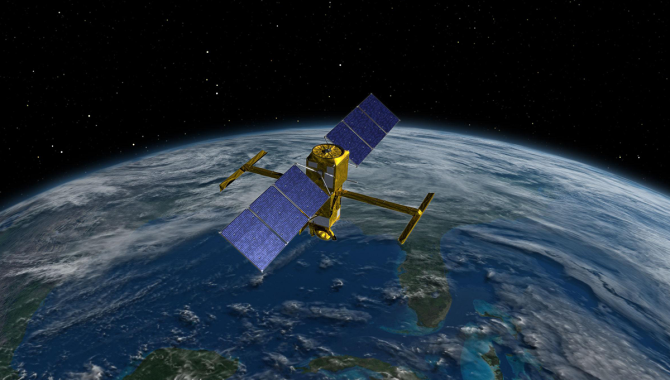
Satellite will provide high-definition view of lakes, rivers, and oceans.
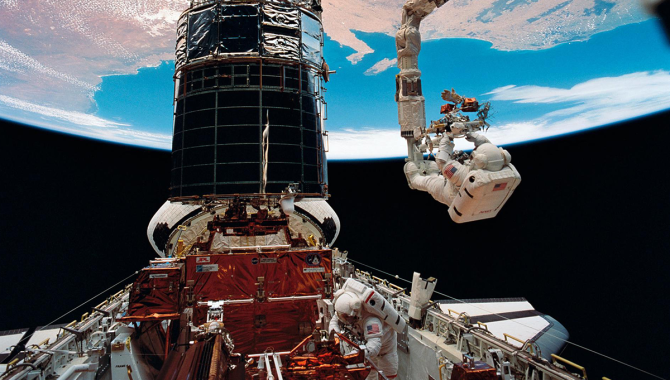
Ambitious mission includes five EVAs, unprecedented rendezvous.
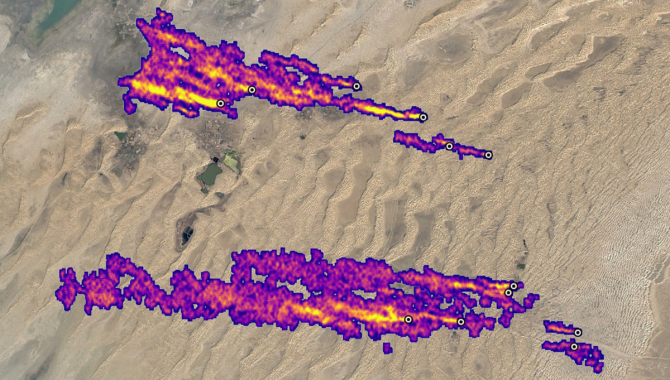
Mission to examine impact of dust finds massive gas emissions.

Out-of-house work brings some specific challenges for a NASA project manager.
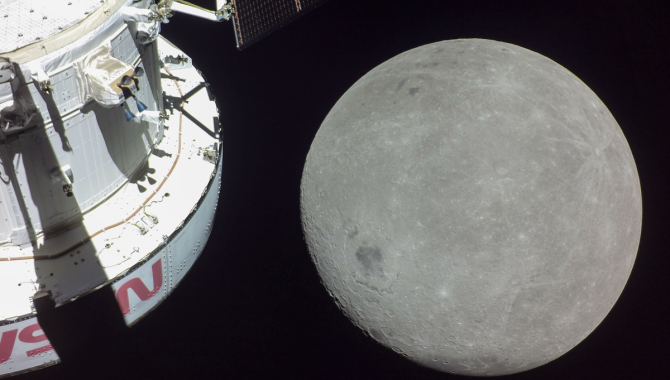
APPEL KS offers tools, tips for knowledge capture and transfer.
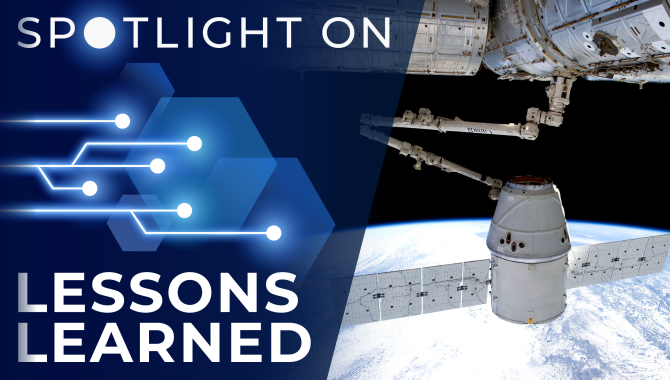
NASA’s Commercial Orbital Transportation Services (COTS) Program provides a starting point for formulation, design, management, and implementation of future public-private capability development partnerships.
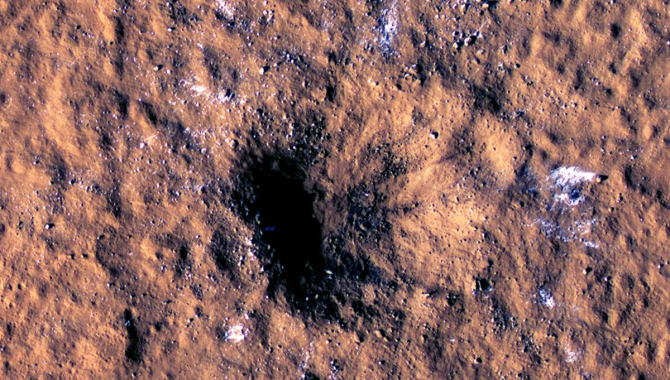
Meteoroid leaves massive crater, ejects boulders of ice.
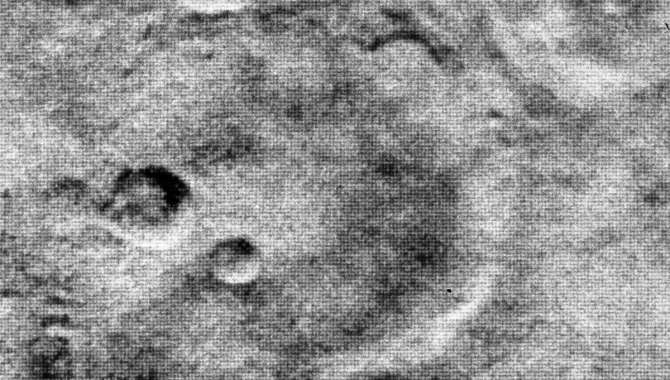
Mission replaces wild ideas about Mars with the first stark images of the surface.